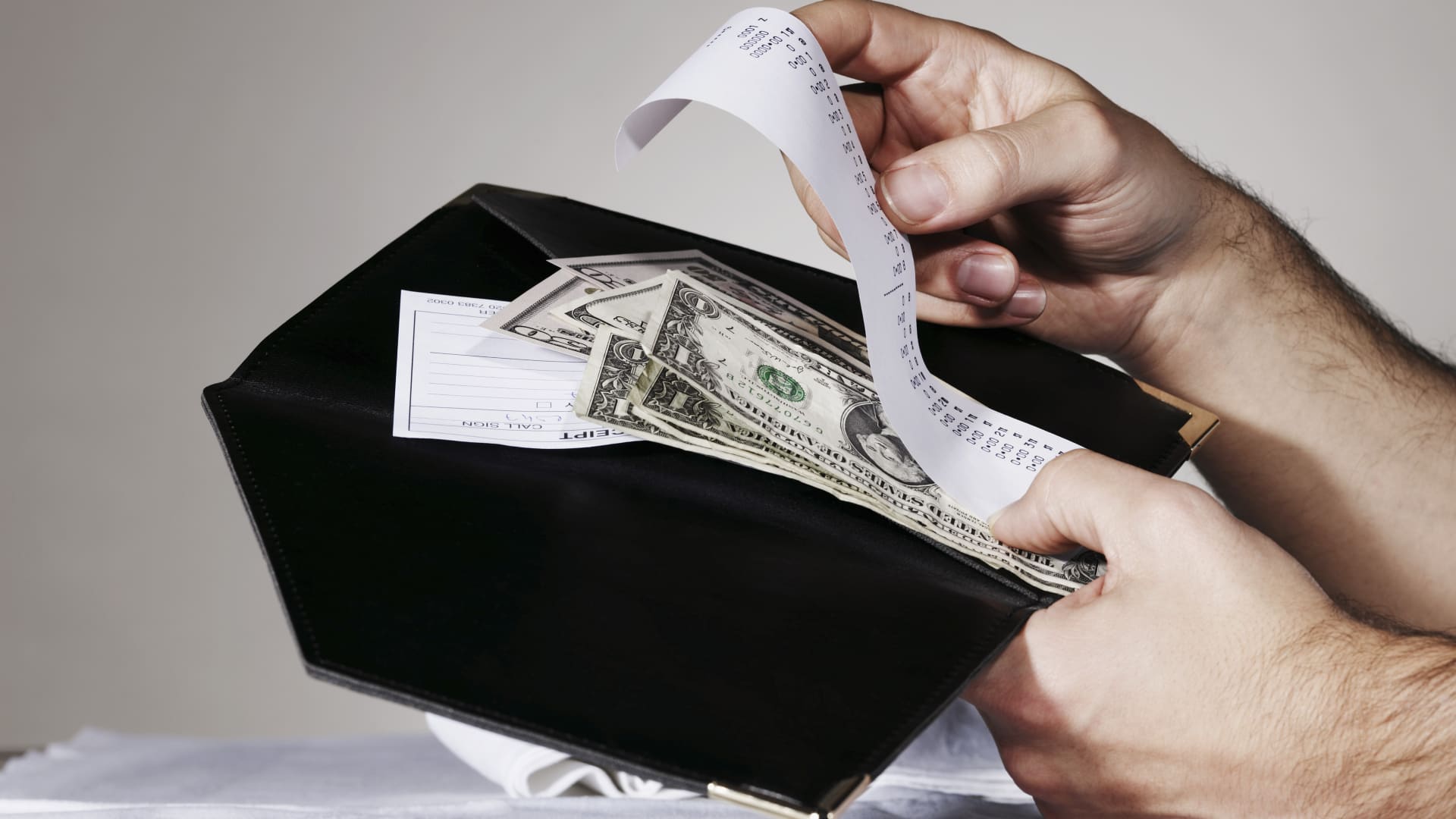Products You May Like
First tip prompts, now surcharges.
These fees, which typically range between 3% and 5%, are catching on at restaurants across the country. They may cover health insurance, inflation, credit card transactions or even tap water.
Similar to ‘tipflation,’ the extra expenses can add a significant amount to the cost of dining in or carrying out.
More from Personal Finance:
Other countries don’t have an issue with ‘tipflation’
‘Tipping culture is out of control.’ Even businesses agree
Consumers push back against ‘tip creep’
Restaurants are getting squeezed
This year, 15% of restaurant owners added surcharges, according to the National Restaurant Association’s restaurant business conditions survey.
Unlike other small businesses, it can be hard for restaurants to absorb or pass on price increases. A restaurant’s typical pretax profit is about 5% of sales. “It’s a very thin margin to begin with,” said Hudson Riehle, the National Restaurant Association’s senior vice president of research.
At the same time, most costs, including food, labor and rent, are higher now than they were before the Covid-19 pandemic and show no signs of coming back down.
“It’s a situation that really is unprecedented,” Riehle said.
As a result, restaurant operators have come up with different strategies to stay afloat, he added, and “some have elected to add on to a typical check certain fees.”
Although such surcharges are unpopular among diners, Riehle expects this new business model “will become permanent.”
Diners are pushing back
Hamei Hamedi, the owner of El Patio in Berkeley, California, added a 2.4% credit card fee in 2021 after raising the prices on some menu items.
“We operate on such small margins and people expect us to eat the credit card fee too,” he said.
So-called swipe fees, which companies such as Visa or Mastercard charge businesses every time a credit card is used to make a purchase, have more than doubled over the past decade, forcing more small businesses to feel they have no choice but to pass on the fees to consumers.
Still, some diners have taken to social media to express their distaste for the proliferation of additional costs now tacked on to a bill.
“Surcharges rub people the wrong way,” said Ted Rossman, senior industry analyst at Bankrate. Like tip prompts, it’s seen as “a hidden tax that pushes more of the cost burden on customers.”
Others are sympathetic to business owners feeling squeezed, particularly when it comes to inflation and rising health-care costs.
“On the face of it, people may believe in these causes, but they don’t like the line item,” Rossman said. “People want to pay one price.”
